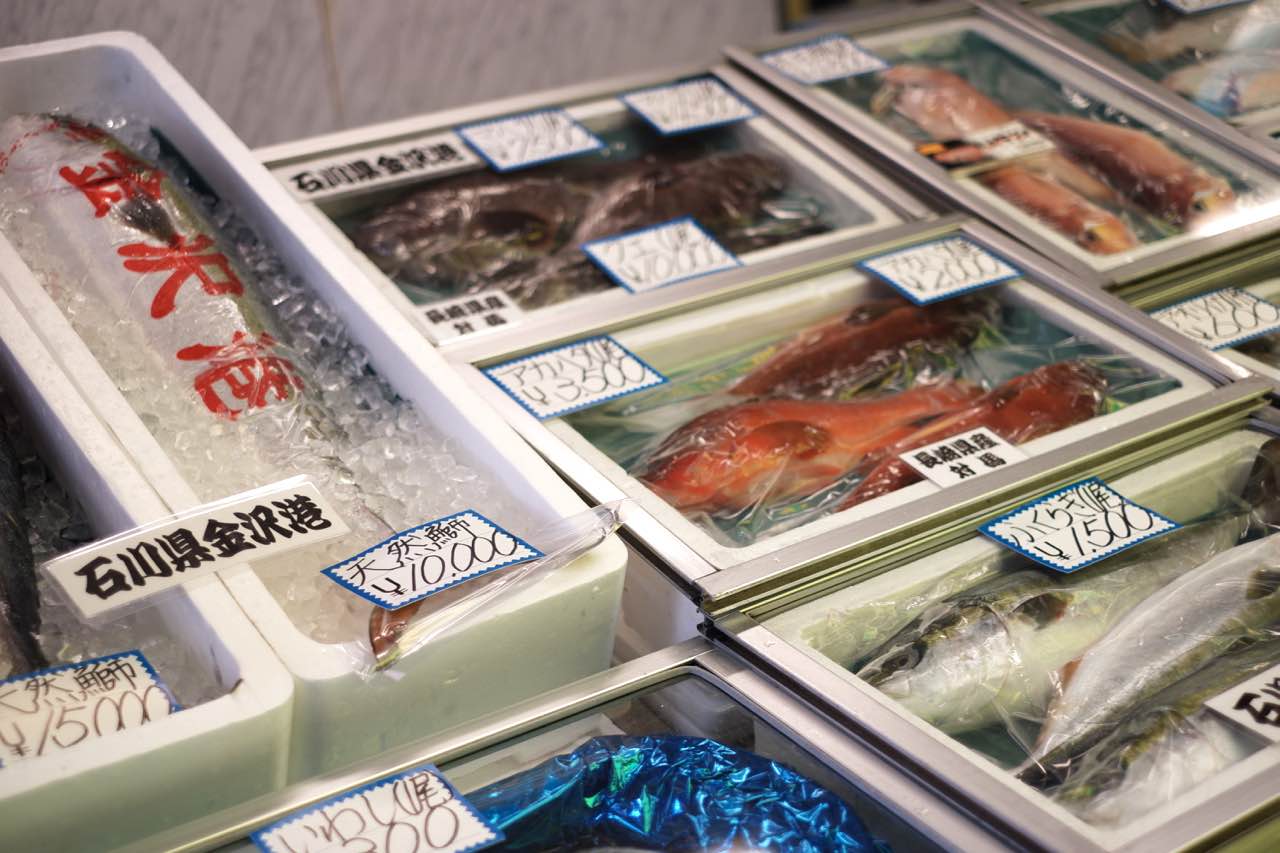Seafood is an expensive item in the store and one of the most perishable products in stores. You have to find the freshest product that has been iced and cleaned properly from stores such as the fish of the month club. Some of the things to look for are the skin, scales, gills, colour, eyes, smell, and if they are firm or bounce back when pressed. Seafood is processed and examined for hazards like disease-causing organisms, toxins, or environmental contaminants identified and controlled.
Food Allergies
Avoid and be aware of any seafood product you might be allergic to avoid severe, life-threatening reactions. Seafood allergies can occur at any time in life when people develop a shellfish, crab, lobster, or fish allergic reaction. Strangely, you can experience a reaction without even eating the fish with the proteins travelling through the air when the fish is being cooked. Do not take these conditions lightly but be cautious.
Recreational Fish
Fishing can be done as a sport, done for pleasure or competition. Individual fishermen may decide to harvest large amounts of fish for their consumption. However, they may fish from water bodies known to contain elevated levels of contaminants, and fishing in that area is banned. This means you should first check and find out if there are any health advisories available from the local and state health departments or fisheries agencies.
Seafood Quality
This is the most important characteristic since you only have to eat the freshest fish. The best thing to consider is your fishmonger. Ask around to get some suggestions. The best type of fish or shrimp should be clean and free from dirt, and if it is on display, it should be covered in ice. Seafood has a lot of nutritional and health benefits. The state should provide, update and carry out necessary handling and inspection procedures.
Safe and Nutritious
Salmon, mackerel, herring, tuna, lake trout, bass are examples of the healthiest seafood to eat. Their chemical composition determines their nutritional value. Seafood is an important source of essential nutrients like proteins, omega-3 fatty acids for human development, especially during embryogenesis. Minerals like selenium and phosphorus are also present. Diseases like stroke, heart-related diseases, and others can be mitigated by eating seafood by lowering blood pressure, aiding in a healthy brain function.
Handing and Preparation
Consumers need to follow through with proper handling techniques, from purchase to preparation. There are foodborne illnesses caused by microorganisms associated with seafood. They are associated with improper harvesting, handling, storage, and preparation. Seafood preparation techniques include grilling, pan-searing, and poaching, where fish fillets are submerged in simmering water.
Consumers need to keep the food safe at home, considering their home’s cleanliness, temperature, and time. Make use of your eyes, nose, and hands when selecting a shrimp or your shellfish. They should feel cold to the touch and smell like the sea breeze. Clubs like the fish of the month club will help in finding the finest seafood product.
For fresh seafood that you can order online and delivered to your doorstep, visit getmainelobster.com.








